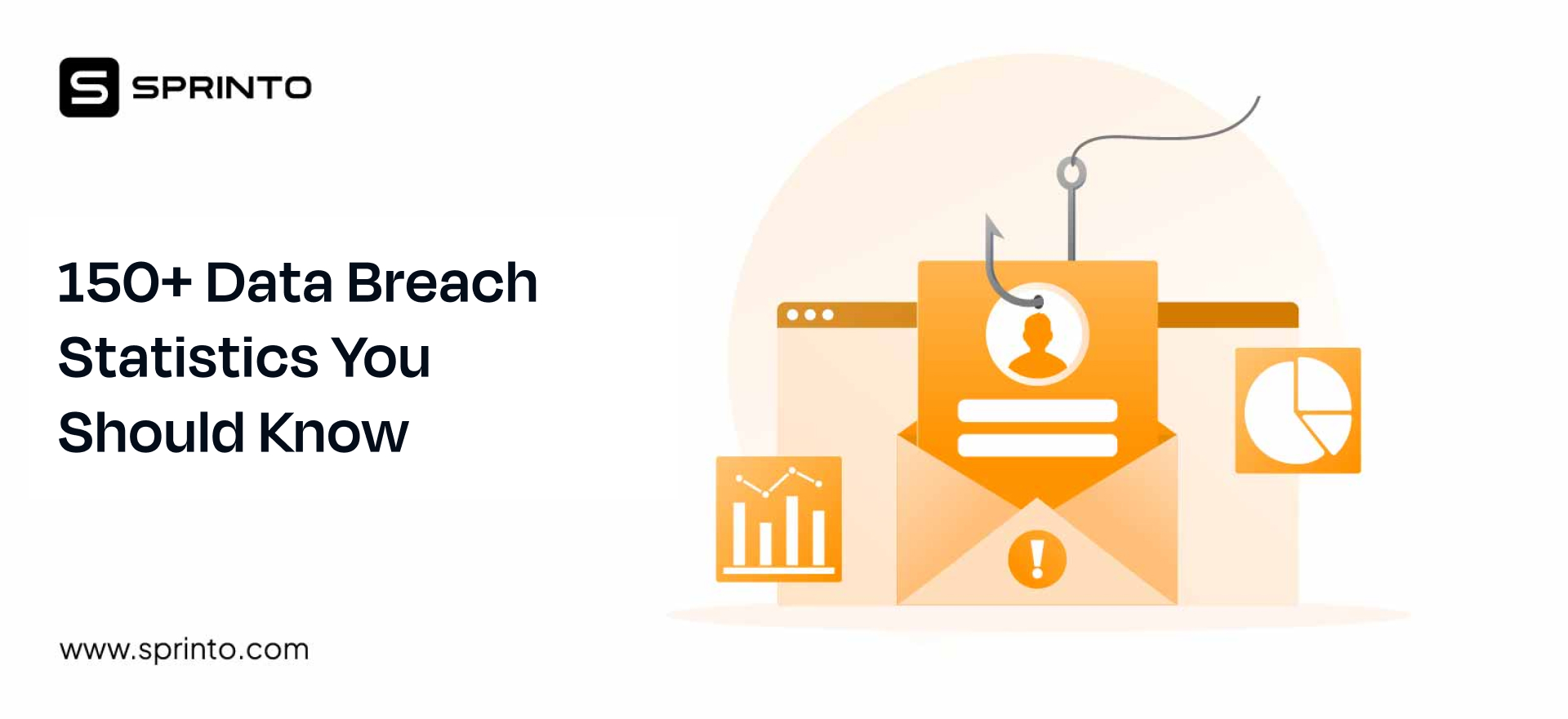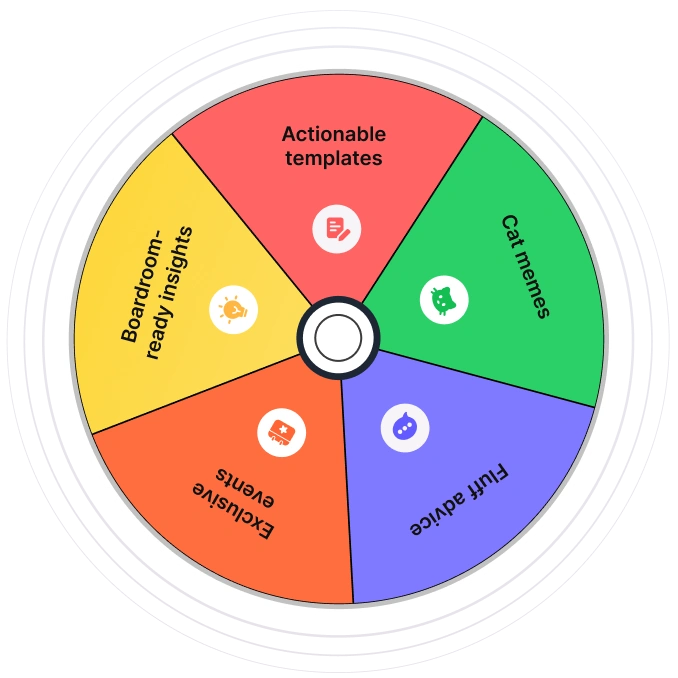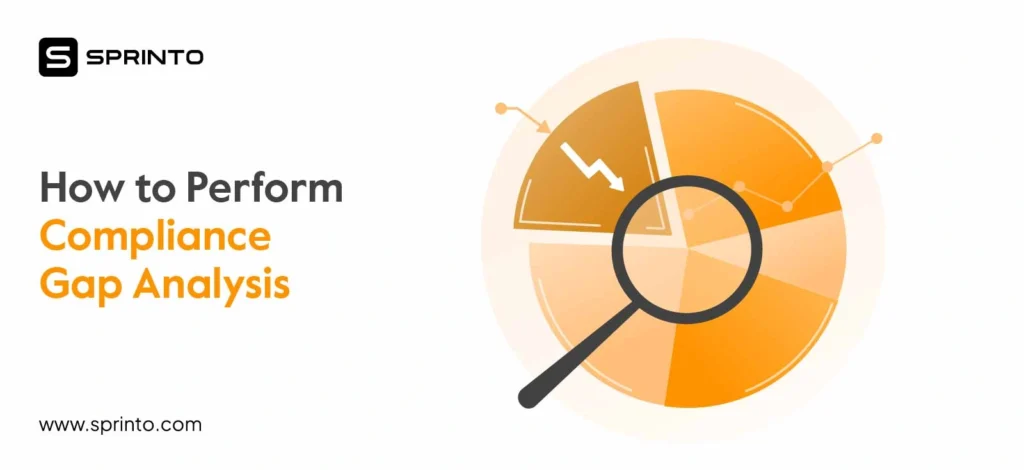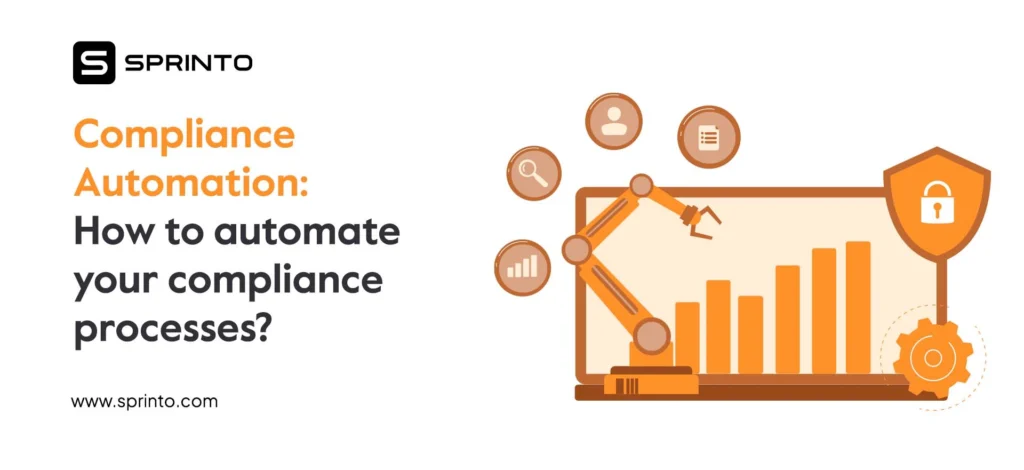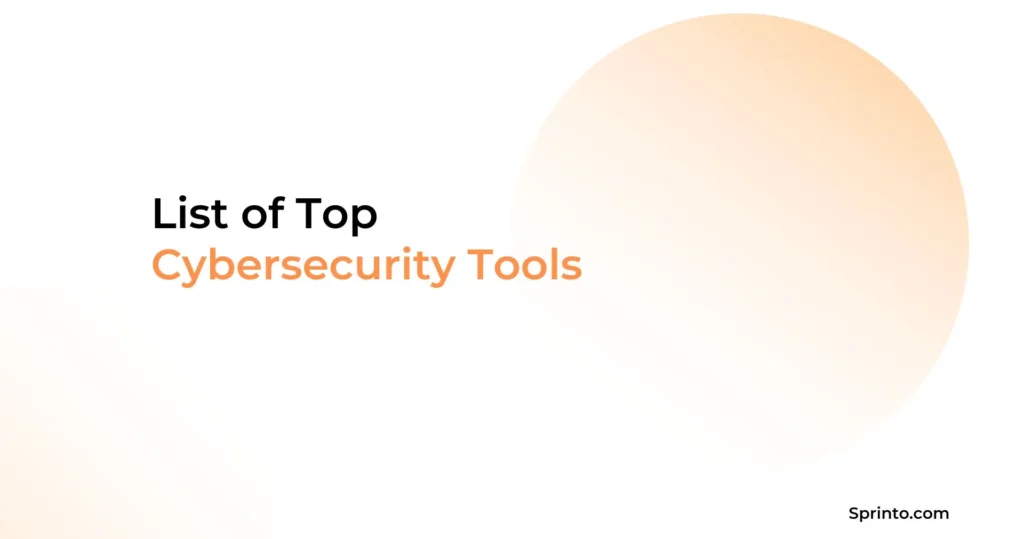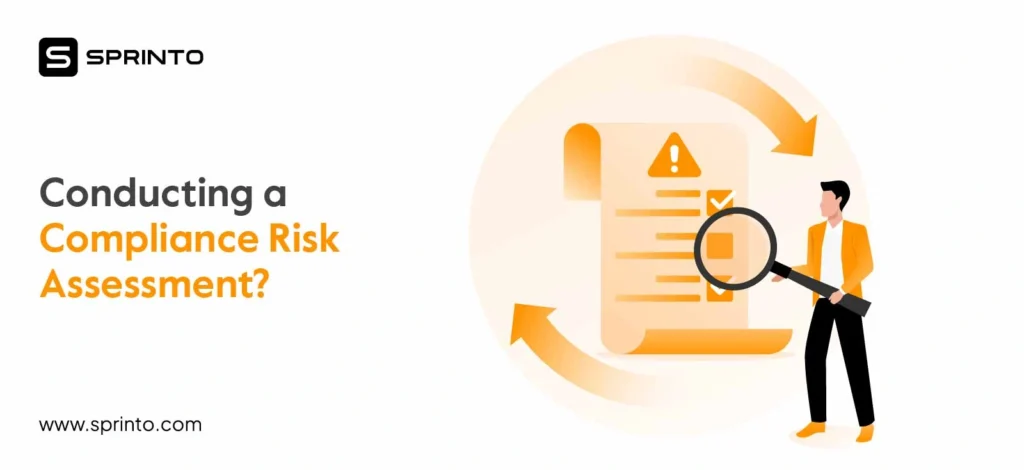According to recent studies, 3,100 records were likely exposed somewhere in the world in the few seconds it took you to read this. This is not just a figure; it represents bank account information covertly flowing, email addresses being spilled, and businesses rushing to fix vulnerabilities they were unaware of. In the digital economy, vulnerability has become commonplace, almost like background noise, despite the headlines’ tendency to highlight the big-ticket breaches.
TL;DR
| Breaches are now systemic, not isolated. The numbers show costs stabilizing globally, but rising in the U.S., as attackers shift from single-company hits to supply chain and third-party campaigns. |
| AI has become the battlefield itself. Deployed wisely, it shortens breach lifecycles. Left unmanaged, “shadow AI” adds nearly $18M per breach while opening fresh attack vectors. |
| Resilience is the new ROI. Encryption, vendor oversight, and incident response don’t just cut losses; they decide which organizations recover and which ones unravel when—not if—the next breach lands. |
Top 10 Data Breach Statistics of 2025
Behind every breach headline lies a messier truth: the numbers don’t move in a straight line. Costs spike, dip, and spike again. Defenses improve, but blind spots open just as fast. The 2025 data breach statistics capture this cycle of progress and pressure—a reminder that security is never settled, only shifting.
| Statistic | Value | Source |
| Global average cost of a data breach | $4.44 million | IBM 2025 |
| % decrease from 2024 | 9 | IBM 2025 |
| U.S. average breach cost | $10.22 million | IBM 2025 |
| Percentage of breaches involving human error | 95% | Mimecast 2025 |
| Third-party breach rate increase | 35.5% (up from 29%) | SecurityScorecard 2025 |
| Healthcare breach rate (industry leader) | 23% | Kroll 2024 |
| Average time to identify and contain breach | 263 days | IBM India 2025 |
| Phishing as primary attack vector | 18% | IBM India 2025 |
| Organizations with AI/automation in security | 67% | IBM 2025 |
| Shadow AI cost increase per breach | $17.9 million | IBM India 2025 |
Data Breach Statistics: 2025 Highlights and Emerging Trends
- Supply chain attacks are piling up: More than a third of breaches now start with vendors, showing how easily attackers can slip in through the partners and providers businesses rely on.
- AI cuts both ways: Security teams are using AI to spot breaches faster and save millions, but the same tech is fueling smarter phishing, deepfakes, and automated exploits on the attacker’s side.
- People are still the weak link: No matter how much tech gets layered in, 77–95% of breaches still come down to mistakes or manipulation—phishing remains the favorite way in.
- Some industries are taking bigger hits: Healthcare continues to bleed the most money per breach, but retail, finance, and manufacturing are seeing the sharpest jumps as ransomware and supply chain flaws pile on costs.
- The holes are widening: Vulnerabilities shot up 25% year-over-year, giving attackers more ways to get inside.
- Detection is finally getting faster: Zero-trust models and AI-driven tools are shaving more than 100 days off breach containment times compared to last year.
- What’s next: Breaches in the near future will be defined by AI-powered attacks, fragile vendor ecosystems, and defenses built around identity, not just networks.
Data Breach Projections and Historical Comparison

- Back in 2018, the average cost of a breach sat at about $3.86 million.
- By 2021, the shift to remote work and a surge in ransomware pushed that number up to $4.24 million.
- The climb didn’t stop; supply chain hacks and record ransomware runs drove costs to a high of $4.88 million in 2024.
- Then 2025 flipped the trend: the global average fell slightly to $4.44 million, the first real drop since 2020.
- That dip doesn’t mean attacks slowed—it means defenders are spotting and containing breaches faster.
- In 2021, the average breach lifecycle was 287 days. By 2025, that figure declined to 241 days, reflecting improvements in detection and response, including broader AI adoption and more mature security operations.
Real-world Impact From the Biggest Data Breaches in History
The first half of 2025 witnessed several devastating breaches that exemplify current threat trends.

- Allianz Life (July 2025): Data from 1.4 million customers was siphoned through a third-party cloud CRM compromise triggered by social engineering. A reminder that even heavily regulated industries can be undone by vendor weak spots.
- Change Healthcare (2025): A phishing-triggered ransomware attack spiraled into the largest healthcare breach ever, hitting 190 million individuals and shutting down hospital networks. When healthcare stalls, it’s not just money, it’s patient lives at risk.
- Tech sector mega-leak: Security researchers uncovered 16 billion login credentials spread across 30 datasets, largely harvested by infostealer malware. Credentials tied to Facebook, Google, Apple, GitHub, and others were in the mix—proof that cybercrime has scaled into industrial operations.
Historical Context
Today’s supply chain-driven breaches didn’t come out of nowhere—they’re built on a decade of trial runs.
- Equifax (2017): 147 million people impacted, $1.38 billion in costs. Proof that even one misconfigured system can become a financial catastrophe.
- Target (2013) & Home Depot (2014): Both saw 100M+ records stolen, both compromised through third-party vendors. These cases established the blueprint for vendor-driven attacks.
The difference now is scope. Attackers aren’t satisfied with single-company breaches anymore. They go after software vendors, cloud providers, and MSPs that serve hundreds of clients, turning one compromise into dozens downstream. That strategy has fueled a 40% rise in supply chain breaches since 2023—and it shows no sign of slowing.
Financial Ramifications of a Breach
The impact of a breach looks very different depending on where you sit. Globally, the average breach costs $4.44 million. In healthcare, that figure rockets to $10.93 million, driven by the sensitive nature of patient data, regulatory penalties, and recovery times averaging 213 days. Financial services follow at $5.9–6.08 million, reflecting constant targeting and high-value records.
Regionally, India stands out. Breach expenses there jumped 13% to ₹220 million ($2.6 million), fueled by rapid AI adoption without corresponding governance—60% of breached Indian organizations lacked AI policies at the time of attack. The lesson: innovation without guardrails is expensive.
Cost Component and Drivers
Modern breach costs extend well beyond technical remediation. Lost business and post-breach response now account for $2.8 million of the average breach cost—the highest combined figure in six years. This includes operational downtime, regulatory fines, customer churn, and the heavy resource load of customer service operations in the wake of an incident.
Cost Mitigation Factors
Not all outcomes are inevitable. Strategic investments can meaningfully reduce breach costs—extensive encryption lowers costs by an average of $360,000, while organizations with comprehensive incident response plans save $1.23 million compared to those without.
It’s no surprise that AI usage in security operations has jumped from 59% in 2020 to 67% in 2025, as organizations move to close the gap between innovation and governance.
Who’s at risk: Industries under siege
Some industries are perpetual targets, caught in the crosshairs because of the data they hold, the services they provide, or the sheer disruption a successful attack can cause. From hospitals to banks to retailers, cybercriminals are drawn to sectors where the stakes are highest; where stolen records can be monetized quickly, downtime can cripple operations, and trust is hardest to rebuild.
| Industry | Avg cost | Key characteristics |
| Healthcare | $10.93 million | Longest recovery time, highest regulatory fines |
| Finance & insurance | $5.9-6.08 million | High-value targets, API attacks up 65% |
| Retail and hospitality | $2.96 million | POS systems, supply chain vulnerabilities |
| Technology | $4.2-4.8 million | Third-party breach rate 47.3% |
| Energy & Utilities | $4.5-5.2 million | Critical infrastructure, nation-state attacks |
| Manufacturing | $3.8-4.2 million | IoT vulnerabilities, supply chain risks |
| Government | $3.2-3.8 million | Nation-state targeting, citizen data exposure |
| Education | $2.8-3.4 million | Student data theft, ransomware attacks |
Third-party Breach Statistics
Third-party breaches surged to new highs in 2025, making up over a third of all incidents and reflecting a 6.5% jump since 2023. The reason is straightforward: as organizations knit their operations ever more tightly with vendors, suppliers, and service providers, attackers see an opportunity to compromise one link and unlock access to dozens more.
The financial impact is immediate—adding an average of $370,000 per breach—but the true costs show up in disrupted operations, strained vendor relationships, and heightened regulatory attention.
Supply Chain Evolution
What’s striking is how far supply chain attacks have evolved. No longer confined to simple vendor compromises, attackers now orchestrate multi-stage campaigns—“double supply chain attacks”—that compromise two or more interconnected providers simultaneously. The 3CX and X_Trader incidents revealed just how easily trust in widely used software can be weaponized, cascading through entire industry ecosystems.
The arrival of AI has only accelerated this trend, enabling attackers to rapidly map vendor networks, spot weak links, and automate exploitation at a scale and speed that manual operations could never achieve.
The Human Error in Breaches
Despite record investments in cybersecurity technology, the weakest link in 2025 remains the same: people. Human error drives 95% of all breaches, a sobering reminder that security is ultimately a human challenge, with tools acting as enablers rather than full solutions.
Types of Human Errors
Human error surfaces in different ways. Accidental breaches—misaddressed emails, improper disposal of sensitive data, or mishandling of records—often stem from weak training or unclear security protocols, yet they carry heavy consequences.
Credential misuse is even more prevalent, with 86% of breaches involving stolen or compromised credentials, fueled by poor password hygiene and credential reuse. The trend is worsening: credential-based attacks rose 71% year-over-year, showing how effectively attackers exploit human behavior at scale.
Attack Vectors Behind Data Breaches
Every breach has a way in. From phishing emails to stolen credentials to cloud misconfigurations, the entry points reveal not just attacker tactics but the blind spots organizations keep missing.

| Attack vector | % of breaches | Growth trend |
| Phishing | 18% | Steady (AI-enhanced) |
| Third-party/vendor compromise | 17% | Increase of 6.5% from 2023 |
| Vulnerability exploitation | 13% | Stable |
| Stolen/compromised credentials | 86% | Increase of 71% YoY |
| Insider threats (Malicious) | 12% | Increasing sophistication |
| Cloud misconfigurations | 39% | Increase of multi-cloud complexity |
| Ransomware | 41.4% | Increase of 25% in healthcare |
Emerging Threats: Ai, Infostealers, and Supply Chain Attacks
From AI-crafted scams to malware that quietly drains credentials to supply chain hits that ripple across industries, the playbook is getting sharper and harder to stop.
Artificial Intelligence
Artificial intelligence has become both a tool and a weapon in 2025’s cyber landscape. Threat actors now use machine learning to automate vulnerability discovery, generate phishing campaigns, and craft adaptive malware. A new wave of AI-driven malware—such as LameHug, which leverages large language models to generate malicious commands in real time—signals a shift toward threats that can evolve mid-attack.
Infostealer
If AI represents the cutting edge, infostealers are the epidemic quietly driving today’s breach economy. These malware variants harvest credentials, cookies, and tokens from infected systems, creating massive underground databases of stolen access.
The Hudson Rock analysis of the 2025 Orange breach demonstrated how AI tools can sift through massive leaks to prioritize valuable data like SSO tokens and payment credentials. While not yet weaponized at scale, it points to a future where infostealer data is exploited in real time, without human intervention.
Supply Chain Attack Sophistication
Supply chain compromises have matured into multi-stage, strategic operations. Breaches attributed to supply chain vectors have surged by 40% since 2023, reflecting both attacker focus and the expanding complexity of vendor dependencies.
For defenders, remediation is exponentially harder when the attack surface spans multiple trusted providers.
Nation-state AI Integration
Nation-state operations now incorporate AI as a core capability. Google’s 2025 threat reporting confirms that Chinese and Iranian state-backed groups are deploying AI for vulnerability discovery, exploit development, and critical infrastructure targeting.
The World Economic Forum has already flagged AI-powered cybercrime as one of the defining risks of 2025, warning that state-aligned groups are “infiltrating the digital arteries of commerce” from ports to payment systems.
Cost Mitigation Strategies to Reduce Breach Impact

Organizations can meaningfully cut breach costs with targeted investments. Encryption lowers costs by about $360,000, while incident response planning saves $1.23 million on average. The largest benefit comes from AI and automation, where extensive deployment across prevention workflows yields $2.2 million in savings.
Comprehensive Data Protection Framework
A layered approach to data security remains essential. Role-based access controls and zero-trust architectures enforce least privilege, while data retention policies and strong encryption standards like AES-256 and TLS minimize exposure. These technical defenses are reinforced by employee training, which addresses the human side of breaches.
Incident Response Excellence
The speed of detection and response strongly influences outcomes. Breaches identified internally average $4.18 million, compared to $5.08 million when attackers disclose them—a $900,000 gap. Faster containment drove recovery improvements in 2025, with 35% of organizations reporting full recovery, up from just 12% in 2024.
AI Governance and Shadow AI
Unmanaged AI use has become a major cost driver, adding an average of $17.9 million to breach expenses. Roughly 15% of employees still access unauthorized AI tools on corporate devices, underscoring the need for clear policies, technical controls, and approved alternatives. Effective AI governance now sits at the intersection of productivity and security, balancing innovation with risk containment.
Conclusion
Breaches in the future are evolving. Human error, third-party dependencies, and AI misuse keep costs high, even as detection improves. The lesson is simple: resilience, not prevention, is the real benchmark of security. Organizations that govern AI, secure their vendors, and respond fast won’t avoid every breach—but they’ll survive the ones that matter.
Sprinto strengthens your security posture by turning resilience into a daily operating model. It automates controls, maps ownership across teams, flags shadow AI activity, and accelerates incident response with real-time visibility into risk signals. It’s not just about passing audits—it’s about being ready when it matters most.
FAQs
Since 2005, The Privacy Rights Clearinghouse has recorded over 9,000 publicly disclosed breaches affecting individuals in the U.S. alone. This figure only reflects reported incidents; meaning the true number, including global and unreported breaches, is likely much higher.
The largest known data breach occurred at Yahoo, initially disclosed in 2013. At first, Yahoo reported that 1 billion user accounts were compromised—but in 2017, the estimate was revised to 3 billion accounts. This breach remains the most significant in scale, affecting nearly half the global internet population at the time.
According to IBM’s 2019 report, the average cost of a data breach was $3.92 million. This includes everything from technical remediation and legal fees to customer churn and brand damage. Notably, that number has continued to climb in recent years, crossing $4.88 million by 2024 before slightly dipping in 2025.(IBM)
On average, each compromised record in a breach costs about $150. This metric helps organizations estimate potential exposure based on the volume of data they handle. For breaches involving tens of thousands of records, this quickly scales into millions.
The Verizon 2020 Data Breach Investigations Report (DBIR) analyzed 3,950 confirmed breaches from 2019 alone. These spanned industries and geographies, offering insights into attacker tactics, system vulnerabilities, and human error trends that continue to inform modern security strategies.
IBM’s research shows that the average data breach affects approximately 25,575 records. While some incidents are much smaller, breaches involving millions of records are increasingly common—especially in sectors like healthcare, finance, and technology where large databases are the norm. (IBM)
Ayush Saxena
Ayush Saxena is a senior security and compliance writer. Ayush is fascinated by the world of hacking and cybersecurity. He specializes in curating the latest trends and emerging technologies in cybersecurity to provide relevant and actionable insights. You can find him hiking, travelling or listening to music in his free time.
Explore more
research & insights curated to help you earn a seat at the table.



